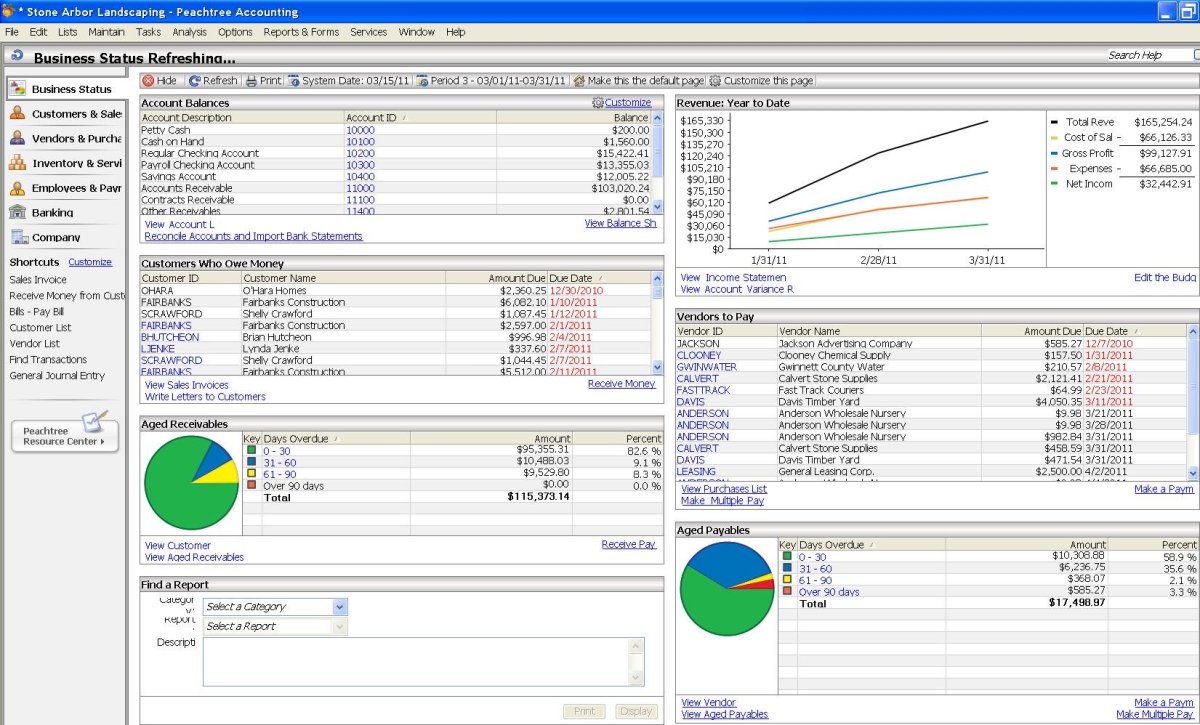Accounting Formulas for Financial Statement Analysis

Many small businesses hire accountants to do their books, however they may not understand what they are looking at, or how to take their company's historical documents and make decisions for the future. By using different formulas for financial analysis, a person can come up with ratios to make it easier to find trends and parts of the company that need further looking in to. Along with a person's own records, many of these formulas are used by lenders to decide a company's risk, as well as stock holders for the same purpose. So to be a better business owner or make better investment decisions, learn these formulas and how to understand your financial statements.
Formulas You Need To Know
Gross Margin Percentage=Gross Margin/Sales
This will show you how much each dollar of your investment is making you in profit.
Earnings Per Share=(Net Income-Preferred Dividends)/Average number of common share outstanding
This equals to what each share of the company earned through the year if it is a publically traded company.
Price Earnings Ratio=Market Price Per Share/Earning per share
This will show how much each share rose through the year or accounting period.
Dividend Payout Ratio=Dividends per share/Earnings per share
This formula shows how much your dividend is on each share, as opposed to actual growth.
Dividend Yield Ratio=Dividends per share/market price per share
Another way to compare dividends to market share
Return on Total Assets=(Net Income-Preferred Dividends)/(Average total stockholder's equity-Average preferred stock)
Just like it says, this is the growth or return on your toatl asset as a business owner
Return on common stockholder's equity=(net income-preferred dividends)/(average total stockholder's equity-average preferred stock)
Same thing as above, but geared towards each stockholder
Book value per share=(Total stockholder's Equity-preferred stock)/number of common share outstanding
How much your share in the company is worth, business owner or common stock holder.
Working Capital= Current Assets-Current Liabilities
This is also called liquidity, the businesses ability to pay it's obligations and money to grow.
Current Ratio=Current Assets / Current Liabilities
Another way to figure liquidity, on a longer timeline.
Acid-test Ratio=(Cash+marketable securities+accounts recievable+short term notes-payable)/Current Liabilities
Bank's stringent formula for liquidity
Accounts Recievable Turnover=Sales on Account/Average Accounts Recievable balance
How fast you get your money owed to you for goods or services
Average Collection Period=365 days/ Accounts Recievable Turnover
How long it takes to get paid by your customers
Inventory Turnover=Cost of goods sold/average inventory balance
How long your inventory sits in storage before sold
Average Sales Period= 365 days/Inventory Turnover
Another look at inventory turnover
Times Interest Earned=Earnings before interest expense and income taxes/interest expense
How much of the profit is going to interest
Debt to Equity Ratio= Total Liabilities/ Stockholder's Equity
Another look at how your business is doing financially







